- City Fajr Shuruq Duhr Asr Magrib Isha
- Dubai 04:20 05:42 12:28 15:53 19:08 20:30
Mother Earth started off 2014 with some phenomenal extreme weather events.
In fact, the first six weeks of 2014 have seen a strange number of extremes of heat, cold and rain – which, according to the UN's World Meteorological Organisation (WMO), are almost certainly connected.
Here’s a look at the 10 most unexpected and rare extreme weather conditions seen last year.
1. Frozen Niagara Falls
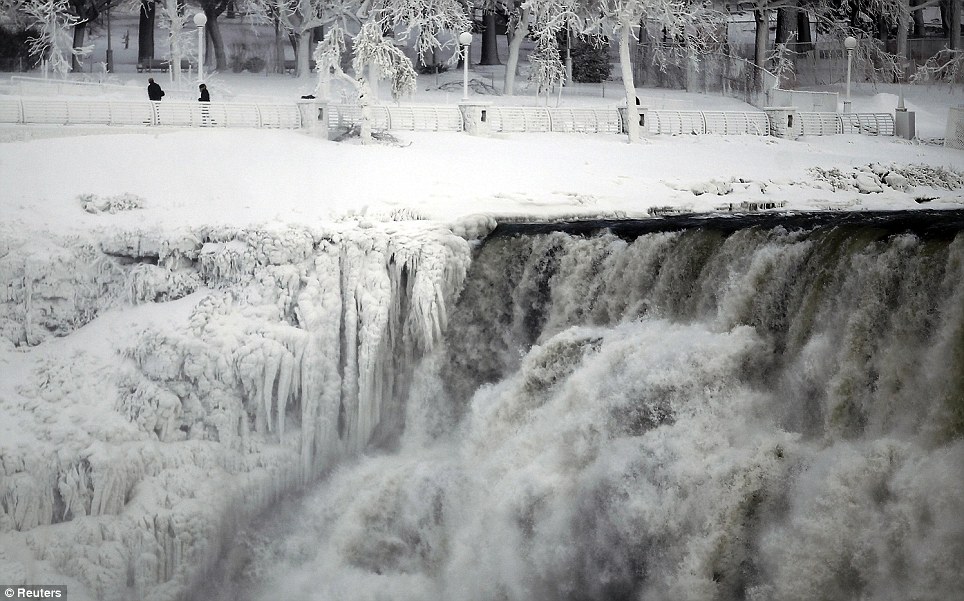
On January 8, 2014, one of nature’s wonders, the Niagara Falls, turned into a winter wonderland.
That day, a record-breaking freeze literally stopped the river in its tracks.
The ‘polar vortex’ affected close to 240 million people in the United States and southern Canada.
The fast-paced water continues to flow even in sub-zero temperatures, but this time, the top layer of water was frozen solid, as the temperature went down to -2F.
2. Floods in England
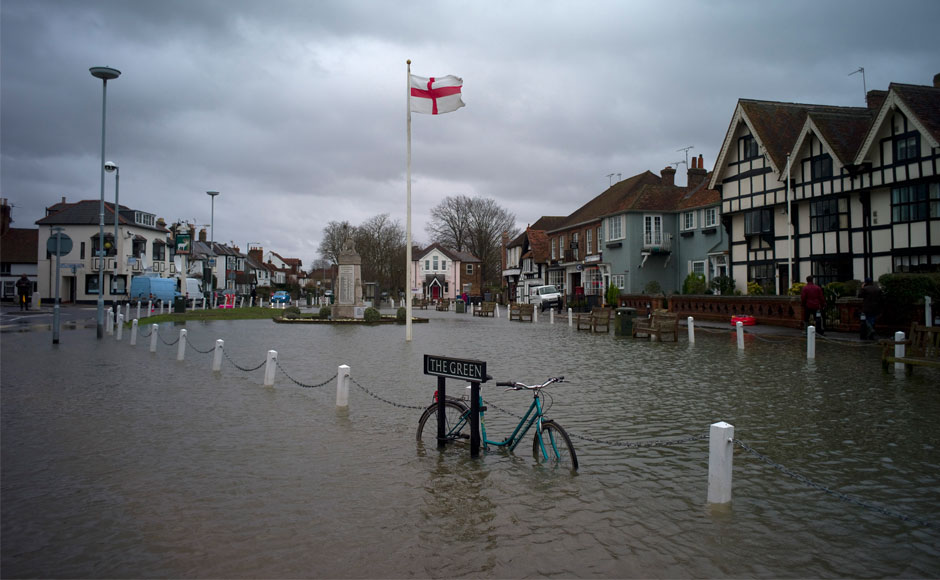
Rains in England are very common, but heavy rains seen in various parts of the country from late-January to mid-February was out of the ordinary.
Stormy winds from the Atlantic led to a series of major floods in southern England, followed by a sequence of storms coming in with more flooding rain and high winds.
The destructive weather saw more than 5,000 homes and businesses flooded, and 150 square miles of land submerged.
The Thames Barrier, which was developed in order to protect central London from tidal flooding, was closed on February 16.
3. Tokyo snowfall
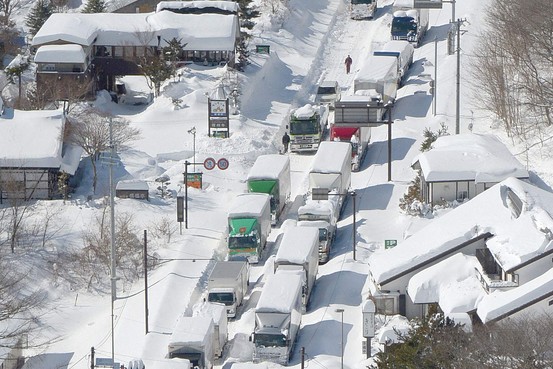
February was also a troublesome month for Tokyo, Japan, when it was hit by unusually heavy snowfall, not once but twice in less than a week.
The blanket of snow was so heavy it disrupted major public services including flights, trains, and roads.
The extremity of the weather led to Japan Meteorological Agency issuing the first heavy snowfall warning for central Tokyo in 13 years.
Tokyo normally averages about 4 inches of snow every year, but by the evening of February 8, 11 inches of snow had covered central Tokyo.
4. Chile earthquake

Over in South America, an 8.2 magnitude earthquake shook the northern port of Iquique, Chile on April 2nd, killing six people and triggering a tsunami with 2-meter waves.
The immense earthquake that struck off the northern shoreline, led to more than 900,000 people evacuating from their homes in the low-lying coastal areas.
The aftermath saw over 2,600 homes were left in ruins, along with damaged fishing boats smashed beside the coast.
5. Afghanistan Landslide
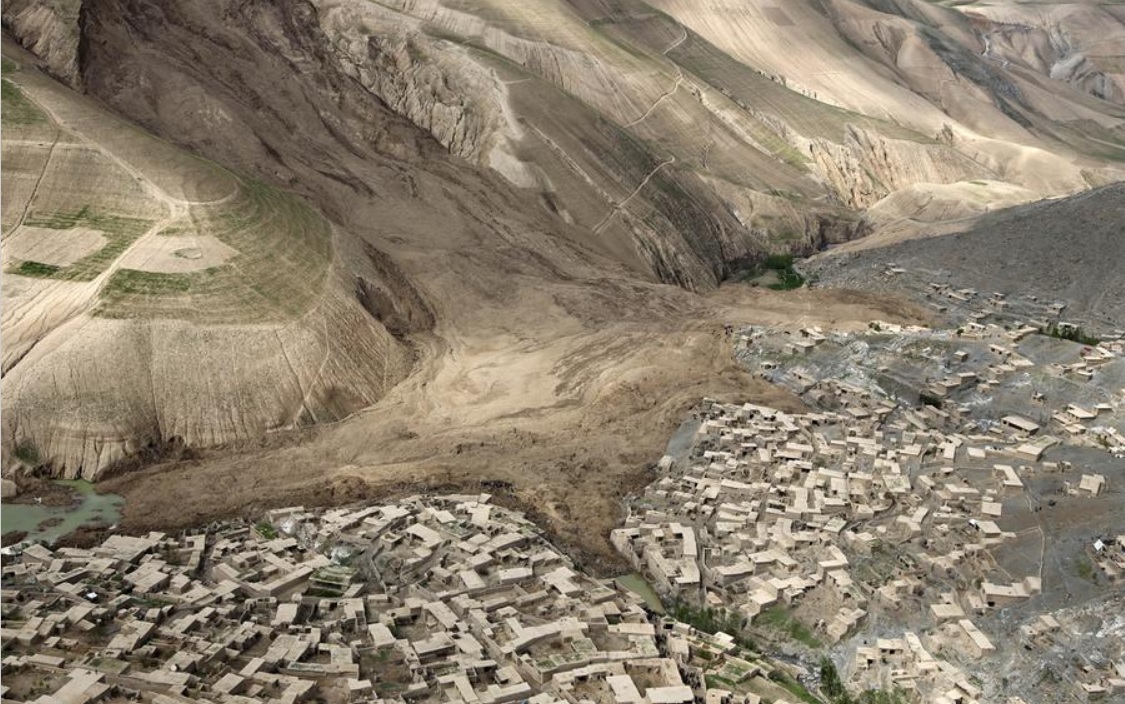
On May 5, a landslide destroyed and buried the mountainous Abi Barik village in Badakhshan province, northeastern Afghanistan.
The massive force of nature killed more than 2,000 residents and left 700 families displaced, as their shattered community lies buried below, submerged under as much as 60 meters of mud.
A majority of the surviving families have gone to neighbouring villages to stay with relatives and friends, while others have slept in tents provided by aid groups.
The landslide hit the village after days of flash floods across nine northern Afghan provinces.
6. Bosnia and Serbia Floods
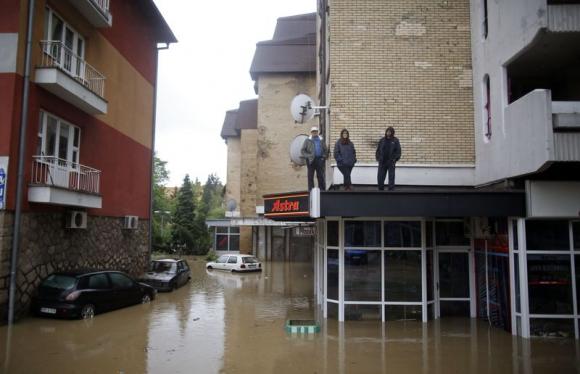
The rains and flood witnessed in Bosnia and Serbia on May 16, was the worst to hit the region in more than a century.
The severe flooding led to nearly 300 landslides that killed over three dozen people and forced out thousands of people from their homes, while thousands more have fled their homes in neighboring Croatia and Serbia.
Soldiers, police and community members joined forced to protect power plants in Serbia from rising flood waters.
Almost one-third of Bosnia was affected, while the north-east was the worst-hit, with houses, roads and railway lines submerged.
7.Cyclone Hudhud
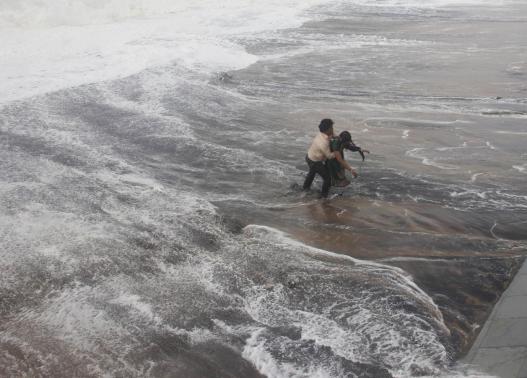
On October 12, Cyclone Hudhud made landfall near the Indian port of Visakhapatnam, a significant economic centre with a population of two million in the Andhra Pradesh region.
The 120mph winds that swept through the Bay of Bengal left six people dead and 400,000 forced to flee their homes as the storm hit India’s east coast.
Hudhud brought heavy rain and strong winds that caused major damage to buildings and crops.
Some areas saw more than 120 litres of rain per square metre fell within 24 hours.
8. Hawaii Volcano
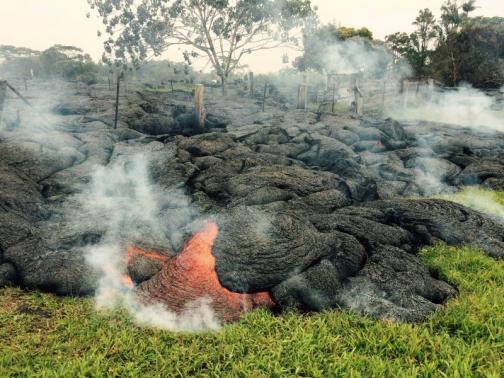
After weeks of spewing lava from the Kilauea volcano in Hawaii, the slow-moving molten river crept over residential areas on October 28.
This followed the destruction of buildings and several homes in the village of Pahoa, moving at speeds of 10 to 15 yards an hour.
The lava then advanced to within 250 yards of Pahoa Village Road, the main street through the town of nearly 800 people built on the site of an old sugar plantation.
9. New York Snowfall
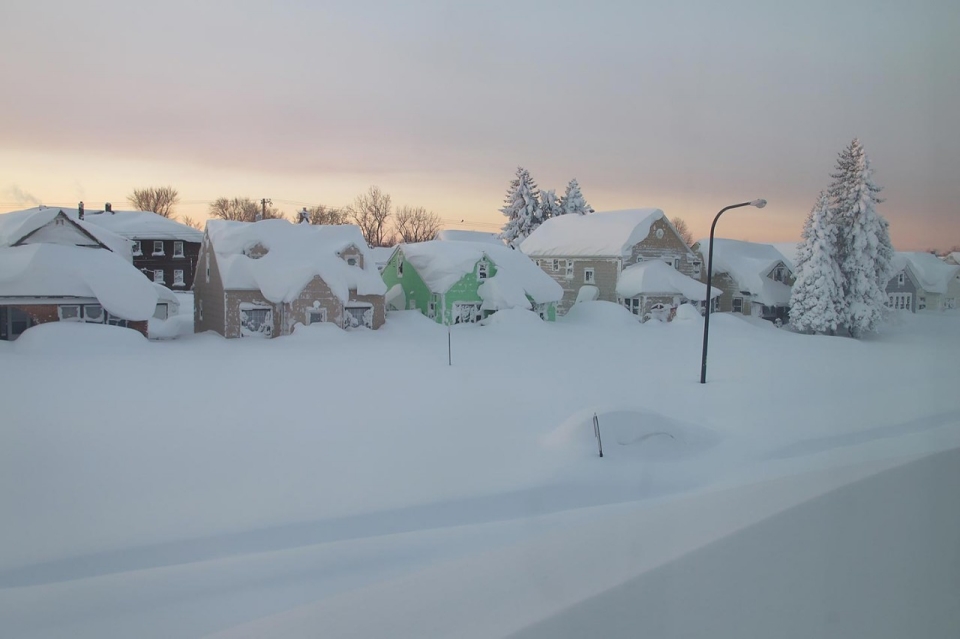
Buffalo, New York witnessed a bizarre autumn blizzard from November 18, where the western American state saw a year’s worth of snow in three days.
The aftermath left five people killed and some residents stranded overnight in their cars.
On November 21, a new Buffalo-area snowfall record of 88 inches was set in Cowlesville, New York, shattering the previous high tally of 81.5 inches set in December 2001.
Local officials stated that this storm cost the state and local governments over $46 million.
10. Typhoon Hagupit in Philippines
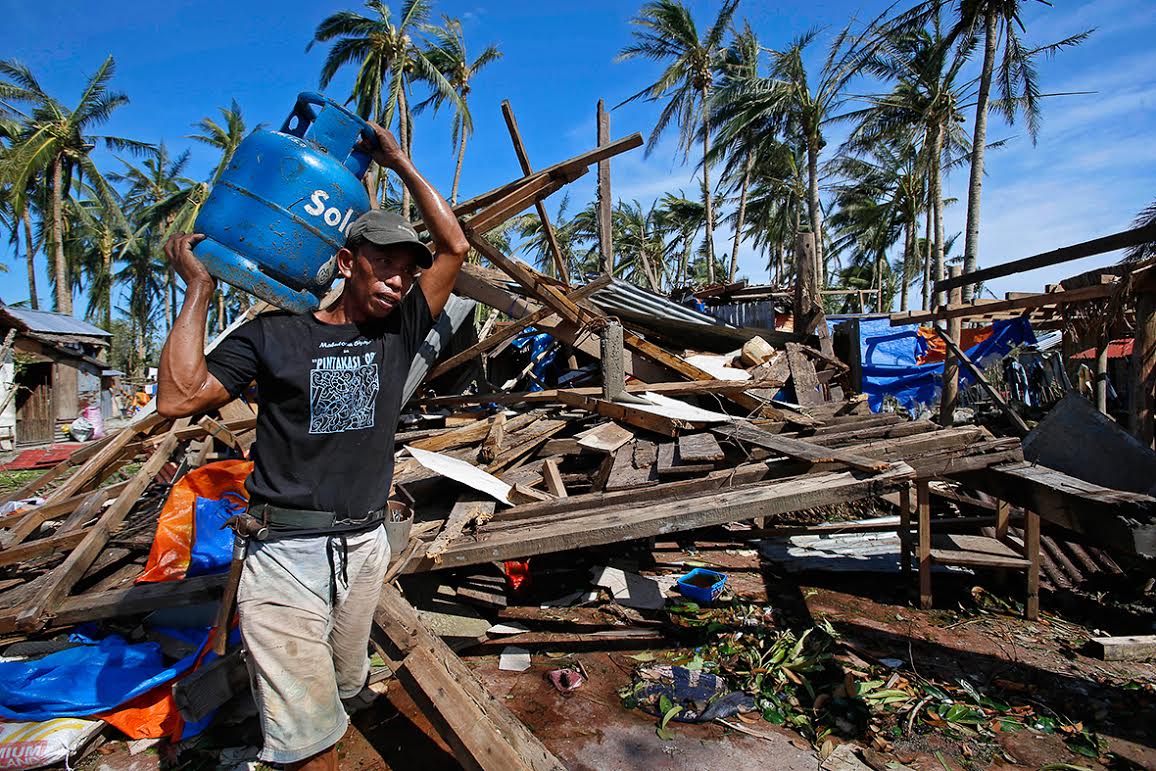
On December 6, the Philippine island of Samar was hit by the powerful Typhoon Hagupit, before heading for the main islands and the capital city Manila.
On making landfall, Hagupit was a Category 3 typhoon, with wind speeds exceeding 175 kmph.
The destructive force of nature claimed over 20 lives while over 165,000 people were evacuated by local authorities before Hagupit struck.
Millions of people in Manila braced themselves as Typhoon Hagupit whipped towards the capital, destroying homes along its path.
All images courtesy Reuters.
![]() Follow Emirates 24|7 on Google News.
Follow Emirates 24|7 on Google News.